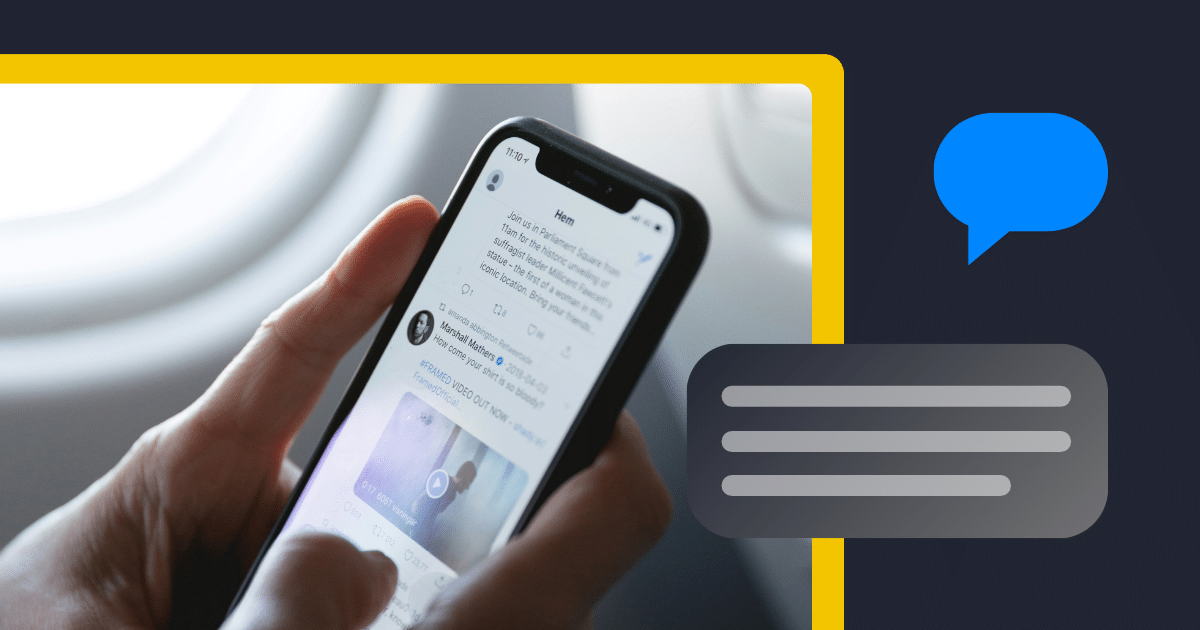Earlier this week, Duolingo announced a shift toward an “AI-First” model, and that starts right now with the launch of 148 new courses created using generative AI.
This is the largest expansion in the company’s history and doubles its current course offerings, Duolingo says. The update makes the platform’s seven most popular non-English languages—Spanish, French, German, Italian, Japanese, Korean, and Mandarin—available to all 28 supported user interface (UI) languages, potentially benefiting a billion learners. Some of the new translation courses include combinations seen in the image below:
(Credit: Duolingo)
The new courses will mainly benefit beginners and include immersive features such as Stories for reading comprehension and DuoRadio for listening comprehension. More advanced features are expected in the coming months, Duolingo says.
Duolingo credits AI for its quick course development. “Developing our first 100 courses took about 12 years, and now, in about a year, we’re able to create and launch nearly 150 new courses,” says CEO Luis von Ahn. “This is a great example of how generative AI can directly benefit our learners.”
The company is using AI to create and validate content, and human experts are deployed “where it’s most impactful, ensuring every course meets Duolingo’s rigorous quality standards,” says Jessie Becker, Duolingo’s senior director of learning design.
Faster AI-powered content production means fewer jobs for contract workers. In January 2024, Duolingo laid off close to 10% of its contractors after adopting AI for translation tasks. In his memo earlier this week, von Ahn promised more aggressive integration of AI into the company’s workflow, including hiring and performance reviews, and announced plans to eventually eliminate all contractors whose work can be replicated using AI.
Recommended by Our Editors
He likened the company’s bet on AI to its bet on a mobile app in 2012. “In 2012, we bet on mobile. While others were focused on mobile companion apps for websites, we decided to build mobile-first because we saw it was the future,” von Ahn says. “We’re making a similar call now, and this time the platform shift is AI.”
Duolingo isn’t the only one using AI for language learning. On Tuesday, Google released a set of Gemini-powered language learning tools called Little Language Lessons. The three-part experiment is currently available in Google Labs, and it allows users to describe situations to get relevant phrases, snap a photo to find words for objects in it, or pick up slang by observing an automated conversation between two people.
Get Our Best Stories!

Your Daily Dose of Our Top Tech News
By clicking Sign Me Up, you confirm you are 16+ and agree to our Terms of Use and Privacy Policy.
Thanks for signing up!
Your subscription has been confirmed. Keep an eye on your inbox!
About Jibin Joseph
Contributor










